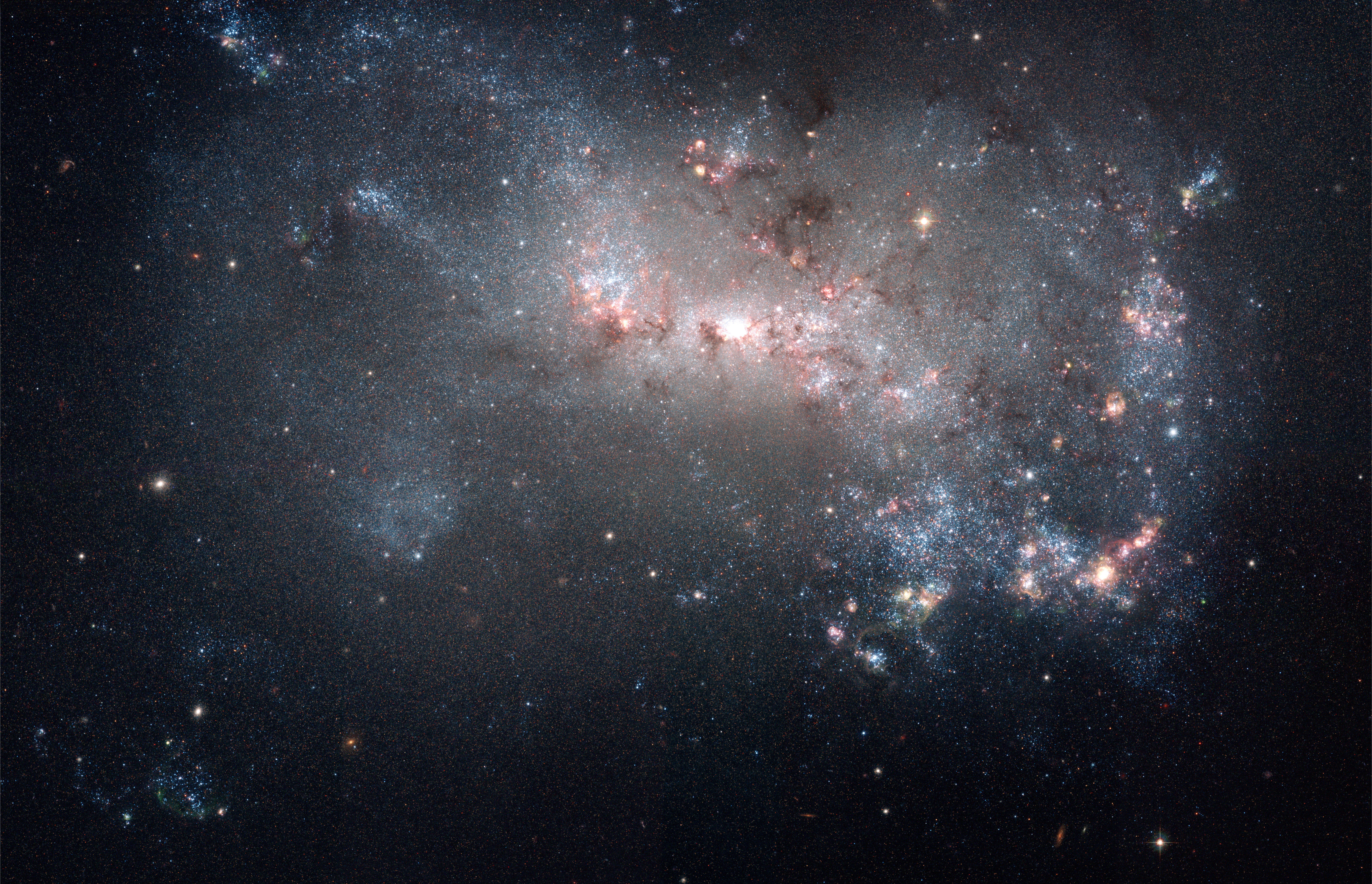At a Glance
- Recent research challenges the long-held belief of eternal “magnetic braking” in stars, revealing unexpected changes in the magnetic field of older stars like 51 Pegasi.
- Observations from the Large Binocular Telescope and NASA’s Transiting Exoplanet Survey Satellite suggest that weakened magnetic braking in stars like 51 Pegasi could create a more stable environment, potentially favorable for developing advanced civilizations.
- The study’s lead researcher, Travis Metcalfe, emphasized the importance of these results for stars with planetary systems and their potential for hosting advanced civilizations.
- The study evaluated the magnetic evolutionary state of 51 Peg by estimating its wind braking torque, reconstructing the large-scale magnetic morphology, and analyzing the mass-loss rate, placing 51 Peg in the weakened magnetic braking (WMB) regime.
- The findings had minimal consequences for the characterization of the exoplanet. Still, they had interesting implications for the current space weather environment of the system, highlighting the need for continued research to understand the complex dynamics of stellar magnetism and its impact on planetary systems.

In a recent study published in The Astrophysical Journal Letters, scientists challenged the long-held belief that stars experience eternal magnetic braking, leading to a continuous rotation slowdown. This groundbreaking research sheds light on magnetic phenomena and habitable environments, offering new perspectives on the potential for advanced civilizations around stars like our sun.
The study focused on 51 Pegasi, a distant sun-like star known for hosting the first discovered exoplanet outside our solar system. The star’s magnetic environment was evaluated using cutting-edge measurements from the Large Binocular Telescope (LBT) in Arizona and observations from NASA’s Transiting Exoplanet Survey Satellite (TESS). These observations revealed unexpected changes in the star’s magnetic field, challenging previous assumptions about magnetic braking in older stars.
Stars like the sun are born with rapid rotation, creating a strong magnetic field that can impact their planetary systems. Over time, the rotation slows as the magnetic field weakens, a process known as magnetic braking. However, the new study suggests that this magnetic braking weakens substantially beyond the sun’s age, influencing the stellar wind and reducing eruptive events, which has significant implications for developing complex life.
The team of astronomers found that the weakened magnetic braking in stars like 51 Pegasi could create a more stable environment, potentially favorable for the development of advanced civilizations. These findings suggest that the best places to search for life outside our solar system might be around middle-aged and older stars, where the influence of magnetic braking has transitioned to a weakened state.
The study’s lead researcher, Travis Metcalfe, emphasized the importance of these results for stars with planetary systems and their potential for hosting advanced civilizations. The research provides new insights into stellar magnetic phenomena and offers a fresh perspective on the search for life in our galaxy.
This study marks a significant step forward in understanding the complex relationship between stellar magnetism, planetary environments, and the potential for habitable worlds beyond our solar system.
References
- Fohlmeister, J. & Leibniz Institute for Astrophysics Potsdam. (2024, January 10). Old stars may be the best places to search for life. Phys.Org; Leibniz Institute for Astrophysics Potsdam. https://phys.org/news/2024-01-stars-life.html
- Metcalfe, T. S., Strassmeier, K. G., Ilyin, I. V., Buzasi, D., Kochukhov, O., Ayres, T. R., Basu, S., Chontos, A., Finley, A. J., See, V., Stassun, K. G., Van Saders, J. L., Sepulveda, A. G., & Ricker, G. R. (2024). Weakened Magnetic Braking in the Exoplanet Host Star 51 Peg. The Astrophysical Journal Letters, 960(1), L6. https://doi.org/10.3847/2041-8213/ad0a95











